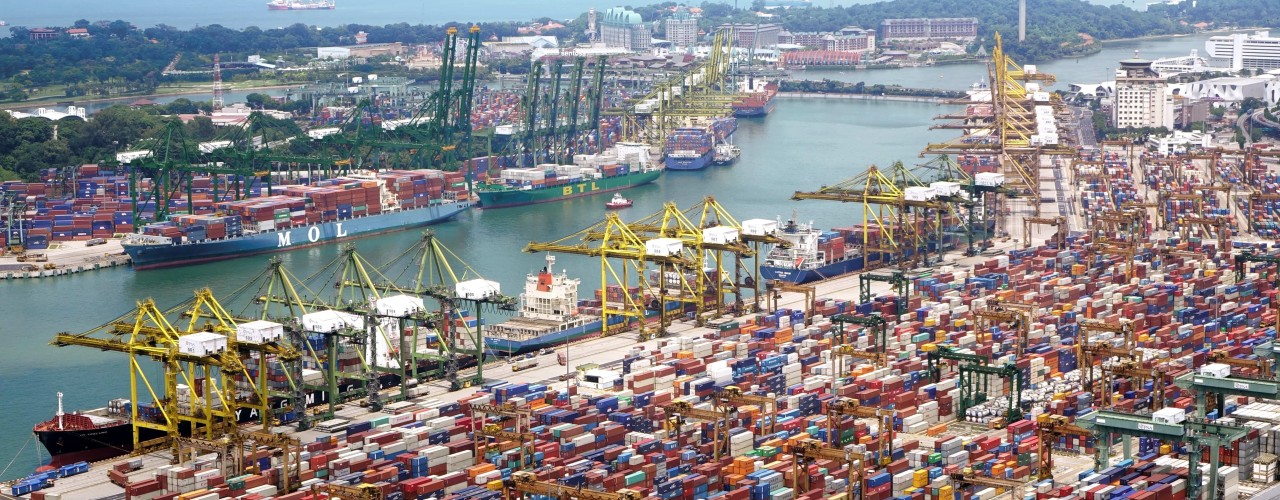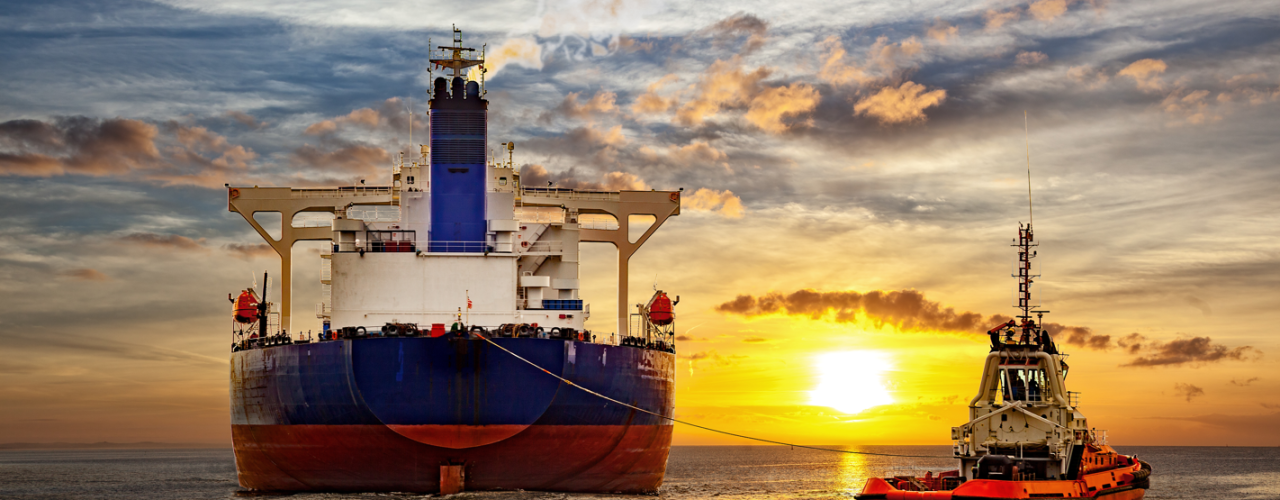This opinion article was originally published on Nikkei Asia on January 11, 2024
Ali Gara
Ali Gara is the founder of MagicPort, a Singapore-based digital platform for maritime sector collaboration.
Attacks on cargo vessels in the Red Sea by Yemen's Houthi movement are causing headaches for shipping companies.
Freight rates are soaring as shipping companies that normally send cargo between Asia and Europe through the Suez Canal choose between routing vessels the long way around Africa or braving Houthi attack with extra insurance coverage and security. Detours can add more than a week to travel time in each direction and more than a $1 million in costs.
French shipping line CMA CGM, for example, has more than tripled what it charges to deliver a standard 40-foot shipping container over the route. At the same time, a severe drought has slashed the effective capacity of the Panama Canal, causing further havoc with trade routes and adding more costs.
While shipping rates may not return to the highs seen at the peak of COVID-era transport disruptions, the latest disruptions and uncertainty are rattling global supply chains at a time when most major economies are still grappling with elevated levels of inflation.
This pressure also comes as the shipping sector struggles to keep a lid on costs amid the rising challenges of decarbonization and regulatory complexity. Recently, both the International Maritime Organization and the European Union have targeted the shipping industry, which accounts for around 3% of global greenhouse gas releases, for emissions reductions.
As it stands, the global shipping fleet is valued at $1.3 trillion and requires billions of dollars in investment each year for upgrades and new vessels. At the same time, increasingly complicated and burdensome government regulations on tracking, reporting and reducing emissions effectively favor the largest shipping companies, which have the resources to deal with the bureaucracy and adopt new equipment and fuel sources.
Over 70% of the global fleet, however, is owned by thousands of smaller companies that individually control fewer than 20 ships each.
Stifling and complex new regulations will cost them billions of dollars in terms of reporting burdens and marginal efficiency improvements without significantly reducing emissions. It is likely that some companies may leave the industry. Already some are delaying fleet renewal decisions, which means that more polluting, older ships are actually being kept in service longer while posing a potential safety hazard.
A better approach would involve government support for the development of technologies to reduce carbon emissions and the provision of positive incentives for their adoption. Smaller operators, the backbone of the shipping industry, should face lighter requirements that allow them to continue to operate and transition to new technologies when that is affordable.
There are already technologies that can help reduce shipping costs and boost efficiency.
When a ship comes into port, more than 20 transactions take place between different players in ship operations over a period of 24 to 48 hours. Millions of hours and billions of dollars are wasted every year due to disparate systems, and because most of the small and midsized companies and ports involved do not have access to the best technology, information or networks.
Currently, a lot of manual work, complexity and mistakes happen during port visits. Two million port calls take place every year. Even in the most advanced ports, people spend three to four hours on duplicated data entry into different government information management systems. Most ports do not have a fully functional single-window system to deal with government entities.
Digitalization can democratize the industry and help advance efficiency, competitiveness, cost reduction and decarbonization. Accessible, scalable digital solutions can provide small and midsize shipping companies the advanced technology and network benefits currently available only to the largest shipping companies.
Governments could help by supporting adoption of digital solutions, mandating digital transactions and making maritime and logistics data more accessible. When governments invest in public infrastructure that enables data sharing and integration, private companies can quickly build digital solutions that benefit the whole ecosystem.
When all key players can connect, plan and collaborate during port calls, supply chains will become more efficient and resilient. Better visibility and collaboration alone could eliminate 10 million tons of carbon emissions every year by reducing ship idling and enabling more just-in-time operations.
If the world is going to continue to reap the benefits of shipping and trade, the time has come to pay attention and treat the service as critical infrastructure. All countries need to take responsibility for defending shipping, treading lightly with new bureaucratic burdens and actively supporting the industry during this critical time.



